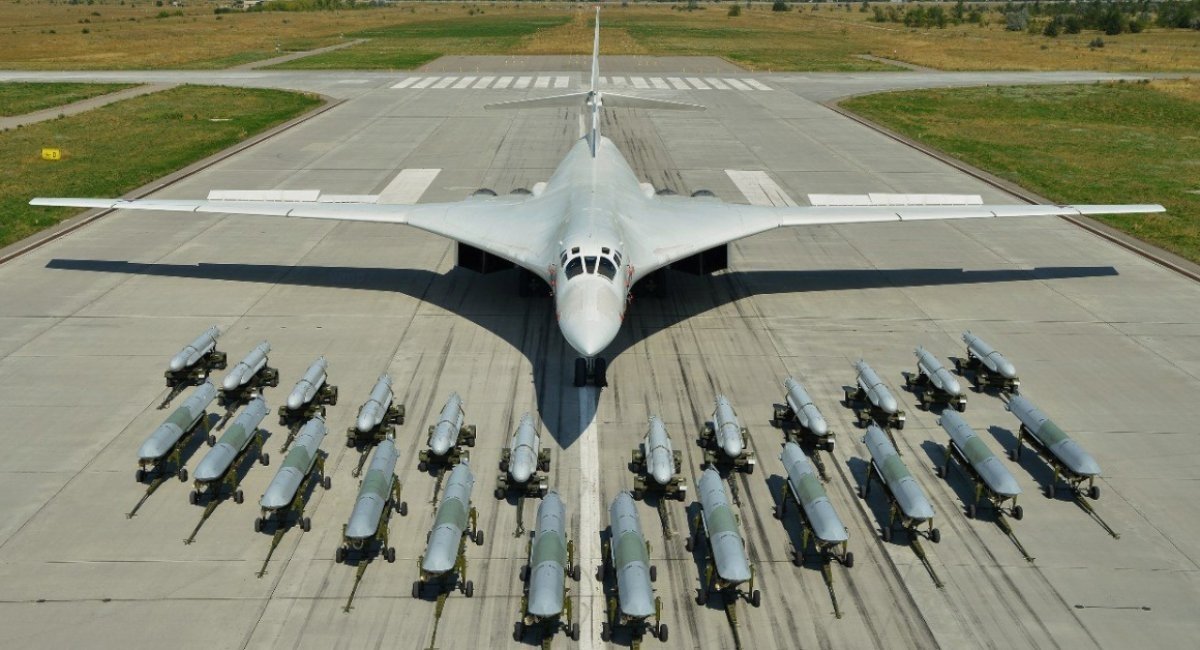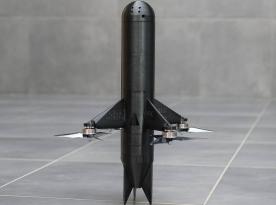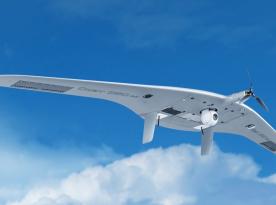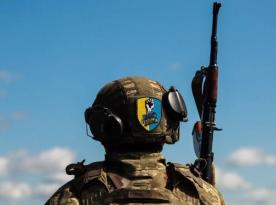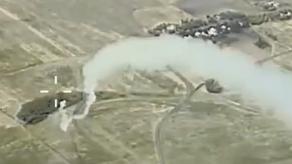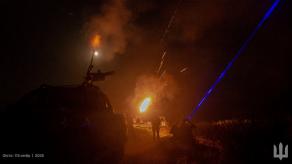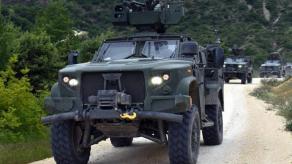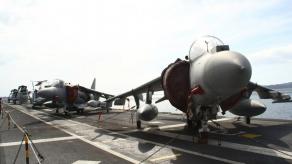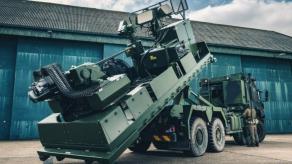There are no doubts that russians are going to start their massive attacks on critical infrastructure of Ukraine in the autumn-winter season. It can be possible that this is why occupiers stopped using missiles and switched to the mass use of suicide drones such as Shahed-136.
In particular, in September of this year over 500 kamikaze drones launched by the russians accounted for only 89 cruise missiles. At the same time according to statistics of strikes for October, for 211 Shahed drones launched in a little over two weeks, there is only one P-500 cruise missile of the Iskander-K mobile short-range ballistic missile system, which the enemy launched on October 3.
Read more: What Is Special about Nighttime Attack and the Kh-59 Cruise Missiles that Have Been Used
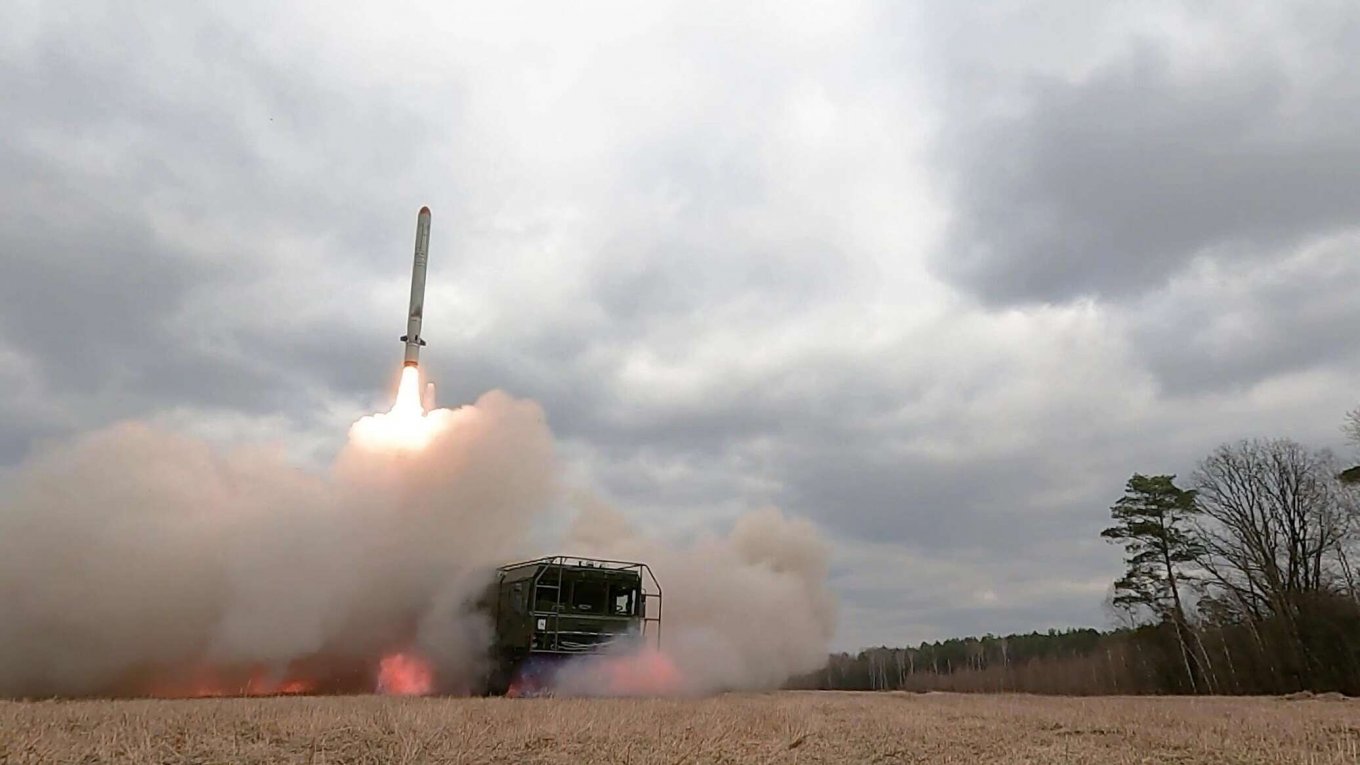
Therefore, it is quite logical that all those missiles that the enemy continues to produce, but did not use, replenished warehouse stocks. So, the main question is how many cruise missiles the enemy was able to accumulate.
An approximate answer to this question can still be given. Defense Express, on the basis of the data released by the Air Force Command of the Armed Forces of Ukraine regarding the enemy's long-range weapons attacks, calculated the number of launched missiles and compared them with the approximate data on their production.
The starting point for this can be defined as March 9, 2023, as the day when the enemy completed its massive missile campaign against Ukraine, the goal of which was to completely destroy Ukraine's energy infrastructure. It was then that the enemy launched a total of 48 cruise missiles, and the next attack using them took place only on May 1.
Despite the perception that the enemy almost did not use cruise missiles for attacks on Ukraine, in fact, from May 1 to October 16, the enemy launched approximately 596 land-based, sea-based and air-based cruise missiles of the Kh-101, Kh-555, Kh-55, Kalibr types as well as P-500 missiles of the Iskander-K mobile short-range ballistic missile system. Due to the fact that some reports did not include the exact number of launches, but only those that were shot down, this figure is approximate. If we take the monthly statistics, it looks like this:
• September: 91 long-range cruise missiles (X-101, X-555, X-55, Kalibr, R-500)
• August: 107 long-range cruise missiles
• July: 95 long-range cruise missiles
• June: 157 long-range cruise missiles
• May: 146 long-range cruise missiles
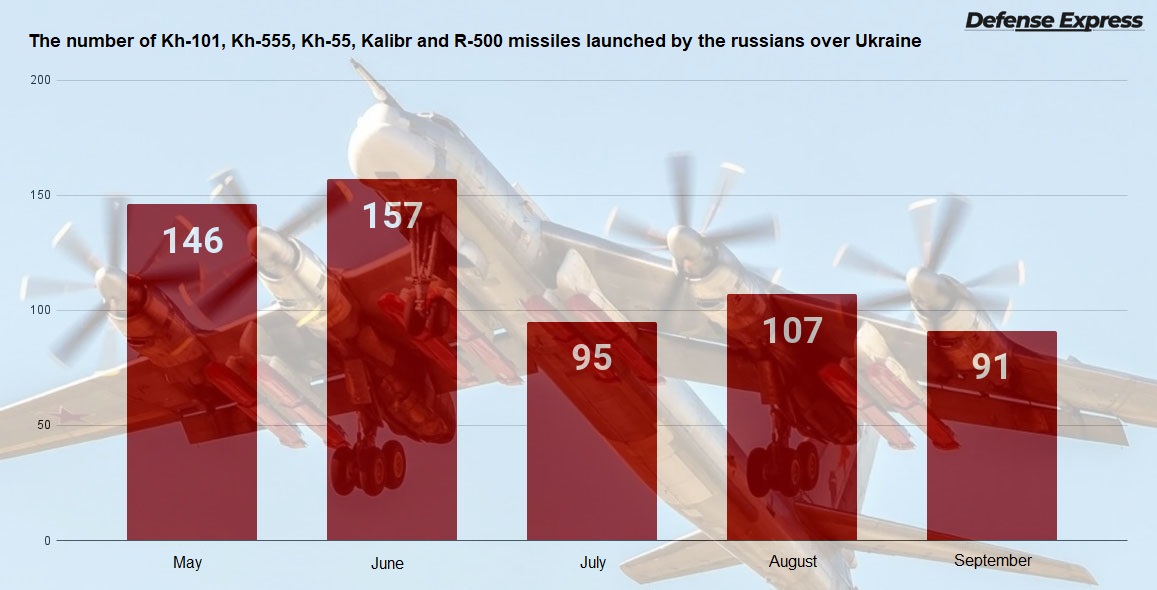
The number of missiles launched by the enemy and those that reached the airspace also differs, because some of the missiles launched by the russians fall on the territory of the russian federation. Therefore, it is quite possible to take a conventional indicator of 600 units.
It is possible to compare the figure with the indicator of missile production in the russian federation according to officially announced estimates. In May 2023, Deputy Chief of the Defense Intelligence of the Ministry of Defense of Ukraine Vadym Skibitsky reported the following estimated production rates per month: Kalibr - 25 units, Kh-101 - 35 units. That is, a total of 60 cruise missiles of these two types. It is possible to add approximately 10 more R-500 cruise missiles to the Iskander missile system per month to this indicator, that is, a total of 70 long-range cruise missiles of all three types.
As of September 2023, Andrii Yusov, a representative of the Defense Intelligence of the Ministry of Defense of Ukraine, outlined the production of cruise missiles less specifically - "dozens" per month. If the pace of 70 missiles remained unchanged, this means that in seven months from the beginning of March to the end of September, the enemy could produce 490 cruise missiles.
If we assume that from mid-July the enemy once again increased the rate of production and reached the mark of 100 cruise missiles per month, then in March-June he could produce 280 missiles, releasing 70 units each, and 100-300 units in July-September , a total of 580. And this number, taking into account the reserves that remained, was just enough to replenish the missiles that were spent in April-September.
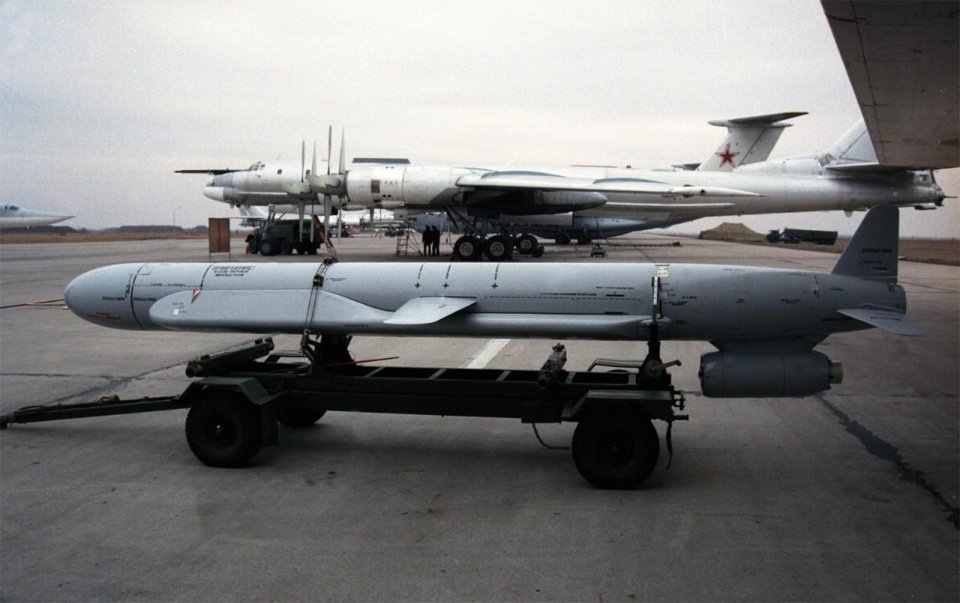
Under any conditions, we are not talking about the fact that the enemy was stockpiling missiles, if the pace of their production was even 100 cruise missiles per month. This result is correlated with the fact that the Russian Federation used missiles with serial numbers corresponding to the production time in the second and third quarters in the spring-summer period.
In general, if we are talking about accumulation, so far it refers only to the part of October during which the enemy used only one cruise missile. But this does not mean that there is no threat of long-range attacks, because the russian federation still has ballistic missiles, Kh-22, Kh-59, Onyx missiles, and most importantly - unspecified reserves and the possibility of producing a large number of kamikaze drones.
Read more: Are There Any Prospects for Ukrainian Long-Range Missiles in Mass Production




